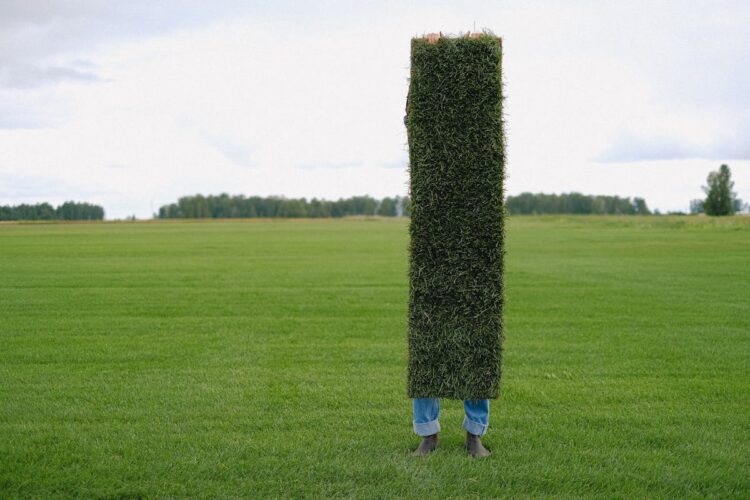Artificial turf has come a long way since its inception in the 1960s. Initially designed as a practical solution for indoor sports stadiums, artificial turf has evolved significantly in terms of materials and construction techniques. This evolution has been driven by advancements in technology, increasing demand for low-maintenance landscaping solutions, and a growing awareness of environmental sustainability. This article explores the journey of artificial turf from its early days to the modern, high-tech solutions available today.
Early Days of Artificial Turf
The concept of artificial turf began in the 1960s with the invention of Astroturf. The Houston Astrodome, the world’s first domed stadium, faced challenges with maintaining natural grass indoors. Astroturf, a synthetic alternative, was introduced as a solution. The early versions of artificial turf were made of nylon fibers and resembled a short-pile carpet rather than natural grass. While it was a revolutionary idea, the initial versions were criticized for being too hard and causing injuries to athletes.
Advancements in Materials
Over the decades, significant advancements have been made in the materials used for artificial turf. The initial nylon fibers were replaced by polypropylene and polyethylene, which are softer and more durable. These materials provided a more realistic look and feel, closely mimicking natural grass. Modern artificial turf company dallas often combines different fiber types to achieve the desired balance of softness, durability, and resilience.
Introduction of Infill Systems
One of the most significant developments in artificial turf technology was the introduction of infill systems. In the 1990s, turf manufacturers began using infill materials such as sand and rubber granules to improve the performance and safety of artificial turf. The infill provides cushioning, reduces the risk of injuries, and helps the fibers stand upright, giving the turf a more natural appearance. Over time, various infill materials have been developed, including organic infills like coconut husk and cork, which offer eco-friendly alternatives.
Multi-Layer Construction
Modern artificial turf systems are constructed with multiple layers, each serving a specific purpose. The base layer typically consists of crushed stone or gravel, providing a stable foundation and ensuring proper drainage. Above the base layer is a cushioning layer made of foam or rubber, which enhances shock absorption and comfort. The top layer comprises the synthetic grass fibers and infill. This multi-layer construction improves the overall performance, safety, and longevity of artificial turf.
Technological Innovations
Technological advancements have played a crucial role in the evolution of artificial turf. Developments in fiber technology have led to the creation of UV-resistant and anti-static fibers, which enhance the turf’s durability and safety. Some modern artificial turf systems incorporate cooling technologies to reduce the surface temperature, making them more comfortable for outdoor use in hot climates.
Environmental Considerations
With growing concerns about environmental sustainability, the artificial turf industry has made strides in developing eco-friendly solutions. Recyclable materials are increasingly used in the production of turf fibers and infill. Additionally, innovations in water-saving technologies have made artificial turf a viable option for regions facing water scarcity. Some manufacturers have also introduced biodegradable infill materials, reducing the environmental impact of artificial turf installations.
Application in Various Sectors
Artificial turf is no longer limited to sports fields and stadiums. Its versatility has made it popular in residential landscaping, commercial properties, playgrounds, and even urban green spaces. The advancements in materials and construction techniques have enabled the development of specialized turf products tailored to different applications, such as pet-friendly turf, playground turf, and rooftop gardens.
Future Trends
The future of artificial turf looks promising with ongoing research and development. Innovations in fiber technology, infill materials, and construction techniques continue to enhance the performance and sustainability of artificial turf. The integration of smart technologies, such as sensors for monitoring turf conditions and automated maintenance systems, is also on the horizon, further revolutionizing the industry.
Conclusion
The evolution of artificial turf materials and construction techniques has transformed it from a simple synthetic alternative to a sophisticated landscaping solution. The advancements in technology have addressed the early criticisms and enhanced the performance, safety, and sustainability of artificial turf. As the industry continues to innovate, artificial turf is poised to play a significant role in modern landscaping, offering a practical and eco-friendly alternative to natural grass.

